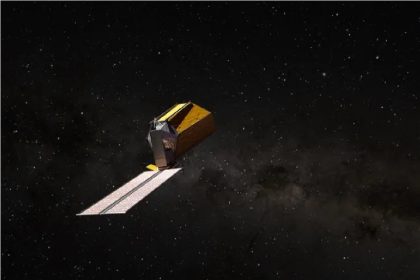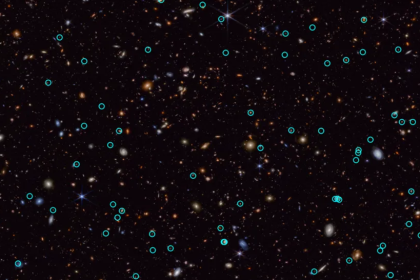The BepiColombo space probe managed to discover a dynamic and changing environment around the planet Mercury during its closest pass. During its closest flyby of Mercury earlier this month, the probe captured the first clear image of the planet’s south pole, and in addition collected valuable data showing the rapid and significant changes in Mercury’s local environment in response to It is the solar wind.
According to Tekna Technology Media Astronomy News Service, on September 4, BepiColombo made its fourth successful transit of Mercury. The close flyby slowed the joint Europe-Japan probe and changed its direction, bringing the spacecraft closer to its ultimate goal of entering Mercury orbit in 2026. Preliminary analysis of data collected by ten of the probe’s sixteen scientific instruments shows that the environment around Mercury is significantly different and sometimes exhibits unexpected characteristics. Members of the mission team presented the findings at the Europlanet Science Congress in Berlin last week.
Although BepiColombo had passed through the same regions around Mercury on its previous three flybys, the probe’s science instruments recorded different numbers of particles in the bubble-like magnetosphere created by the planet’s magnetic field. Hailey Williamson, Senior Scientist at the Swedish Institute of Space Physics and one of the principal investigators of the SERENA instrument on the BepiColombo probe, stated in this regard.
On September 4, during the probe’s closest flyby of Mercury’s surface at a distance of 165 km, BepiColombo managed to detect planetary ions for the first time. These ions are charged particles that are thrown into Mercury’s magnetosphere after the solar wind hits the surface of the planet and as a result. Surprisingly, these particles split into two different energy levels immediately after the probe’s closest approach to Mercury, Williamson said. In general, the results of these transits show that the magnetic environment of Mercury had significant differences in each transit.
“All the data collected from these passes are completely different from each other,” Williamson said. These findings clearly show that the space environment around Mercury is very dynamic and variable. A day before the BepiColombo probe’s closest pass, the spacecraft and the planet Mercury were hit by a strong stream of energetic solar particles. These particles have a significant effect on the planet’s magnetosphere and may explain some of the unexpected features observed in the data. However, to reach a definitive conclusion, more studies and analyzes are needed.
Ignacio Clerigo, the BepiColombo spacecraft operations manager at the European Space Agency (ESA) in Germany, announced that the probe’s latest close pass was the closest a spacecraft has ever made around a planet, including Earth. He appreciated the valuable efforts of the flight control and mission dynamics teams who successfully executed this complex event. This event was done with a distance of 35 kilometers less than the original plan. Clerigo considered this achievement a great engineering success.
To see the latest news, refer to the scientific news page of Tekna Media.
RCO NEWS

















